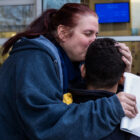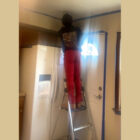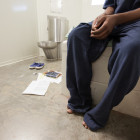
Report: Expanding education and employment pathways for systems-involved young people
|
In 2023, Equal Measure conducted a series of surveys with Learn and Earn to Achieve Potential partners to analyze their efforts in tackling the root causes of disconnection from education and careers with systems-involved youth. This report shares findings from that evaluation.








